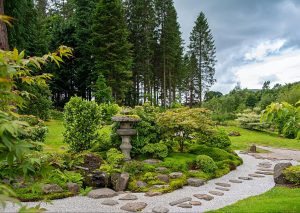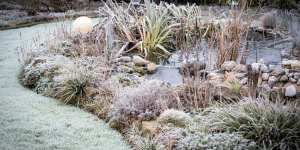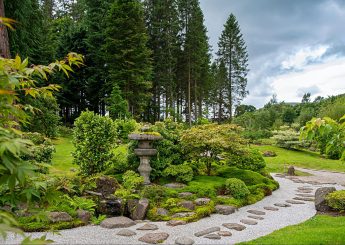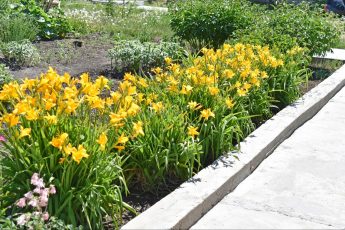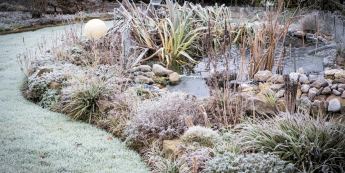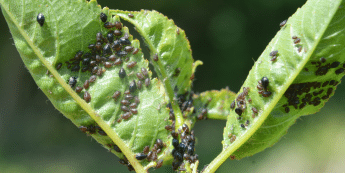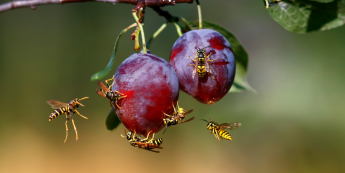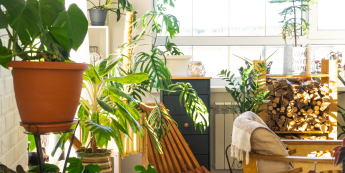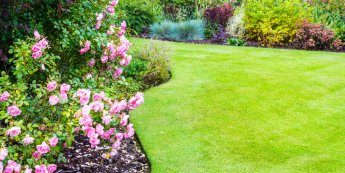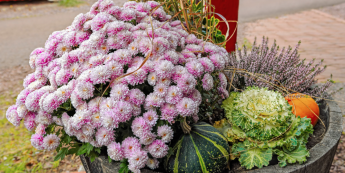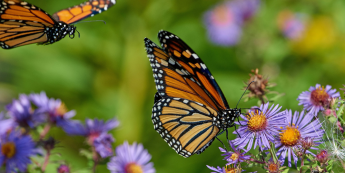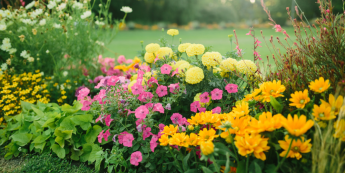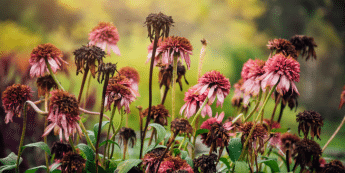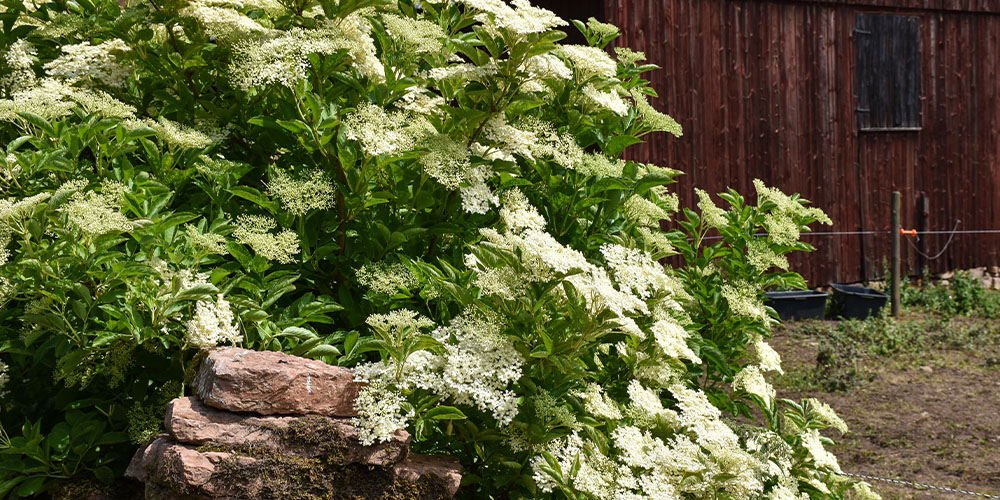
American elderberry, or Sambucus canadensis, is a gorgeous native shrub that grows in the wild here in Canada. Naturally, since they’re native, elderberry bushes are incredibly easy to grow, and the local birds absolutely love their berries; if you’re an avian aficionado, planting this shrub will draw in plenty of beautiful wild birds to your yard. Here’s how you can grow the best elderberry bushes to add colour and life to your scenery!
If You’ve Never Considered Growing Elderberry Bushes, Now’s the Time!
Elderberries are edible, but you need to be cautious; they are toxic if they aren’t fully ripe! Eaten raw, they taste kind of bitter and may give you a tummy ache. However, if you cook them, they’re super delicious and totally safe! Make elderberry syrups for pancakes or fancy mimosas, bake them into pastries and pies, or go the old-fashioned route and preserve them into jams and jellies.
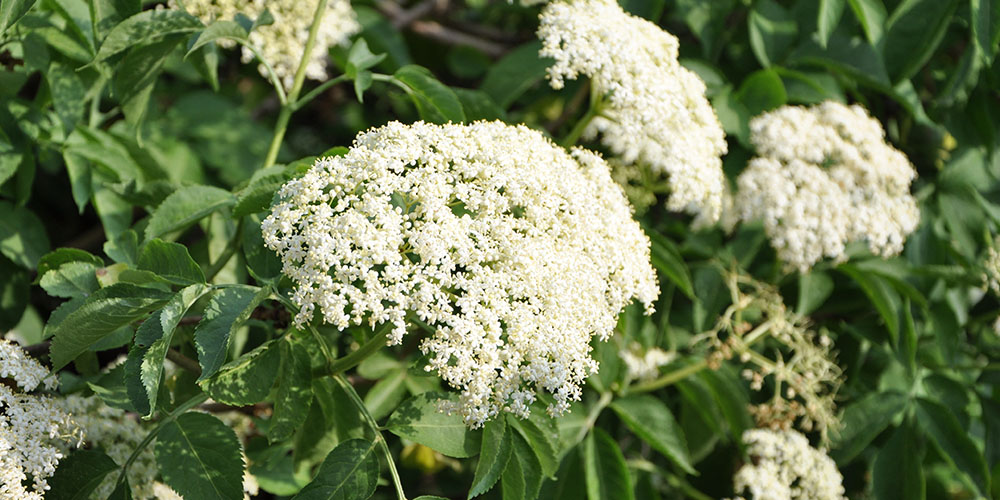 The Basics of Growing Elderberry
The Basics of Growing Elderberry
Not to be confused with European elderberry, which isn’t hardy to our growing zone in Edmonton, American elderberry is incredibly low-maintenance once established. However, its root system is surprisingly shallow, so you need to water thoroughly and frequently for the first few months after planting. Drought-tolerant plants aren’t drought-tolerant until they establish, so giving them lots of water in those early stages is essential.
Elderberry performs best in full sun or partial shade. While it prefers medium to moist soil, it is still quite drought-tolerant and won’t need much supplementary watering if we get some decent rainfall. It needs about one inch of water per week, so if we’re going through a significant dry spell, water it deeply. Ensure the soil is well draining and full of fresh compost””this will help prevent moisture from pooling, which can cause root rot.
Fertilize your shrub once every spring with a slow-release, granular formula. New plantings do best with high nitrogen fertilizer, while mature plantings do well with a balanced fertilizer.
Pruning Elderberry
For a balanced, lush, attractive shrub that produces plenty of tasty berries, we recommend hard pruning in spring. You won’t need to prune it for the first two years after planting, but by year three, you’ll want to make it an annual routine task. Elderberry will produce the best fruits on two-year-old canes, so you’ll want to cut back the three-year-old canes by the third year. New, healthy growth will emerge, and your shrub will bear significantly more berries!
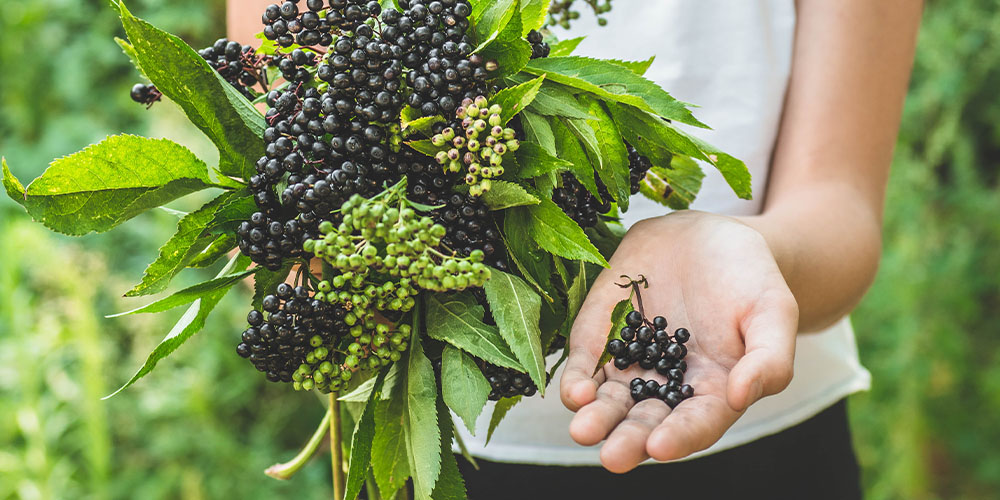 Harvesting the Fruits of Your Elderberry
Harvesting the Fruits of Your Elderberry
This shrub usually begins bearing fruit between mid-August and mid-September. A mature shrub can produce as much as 12″“15 pounds of fruit! Elderberry clusters take about 5″“15 days to ripen fully, and you’ll know they’re ready once they’ve developed a deep purple colour. The easiest way to harvest them is to snip off the entire berry cluster with some shears, then pick the berries off by hand.
Elderberry Pest and Disease Control
While generally considered pest resistant, there are some issues to look out for when you’re growing elderberry. Here are a few pests and diseases that may pop up, what they look like, and what to do when you spot them:
Powdery Mildew: White, powdery coating will appear on leaves if they remain moist with poor air circulation. Copper-based fungicide will help stop it from spreading, and you can remove and destroy the severely damaged parts.
Verticillium Wilt: If the leaves are yellowing, new canes are wilting, and growth is slow, you may be dealing with verticillium wilt. Unfortunately, this virus isn’t treatable, and you can only stop it through crop rotation. If your elderberry has verticillium wilt, you’ll need to get rid of the plant.
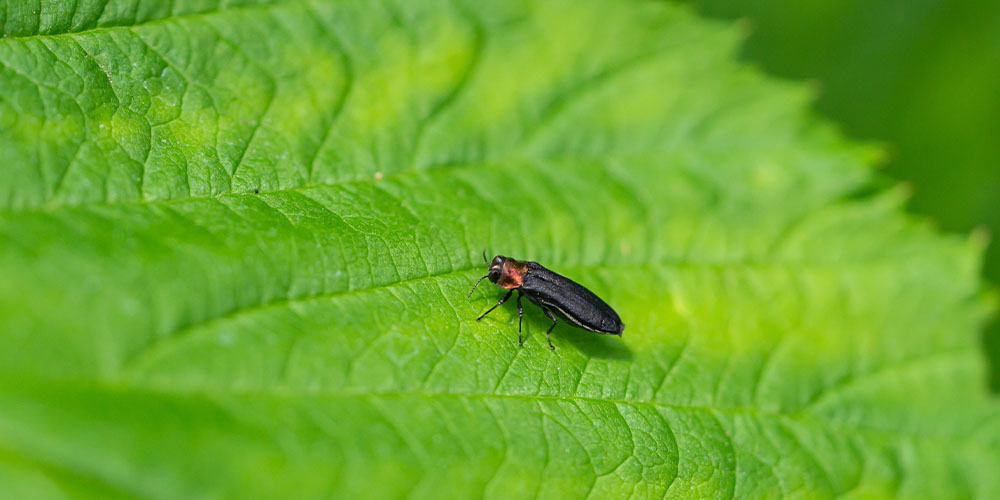 Cane Borers: Wilting branch tips and easily broken branches with hollow centres are signs that cane borers are invading. Cut back the branches until they are no longer hollow, and destroy the affected cuttings.
Cane Borers: Wilting branch tips and easily broken branches with hollow centres are signs that cane borers are invading. Cut back the branches until they are no longer hollow, and destroy the affected cuttings.
Thrips: These tiny winged insects like to puncture plant leaves and suck up the moisture. You can eliminate them with a natural pesticide like insecticidal soap or neem oil.
Keep this guide handy if you’d like to start growing elderberry in Edmonton! Visit Salisbury Greenhouse in Sherwood Park and St. Albert to see our varieties of elderberry for sale, as well as plenty of other low-maintenance berry shrubs to brighten up the landscape.

